Yellow Oleander
- November 28, 2023
- 0 comment
Yellow oleander, scientifically known as Thevetia peruviana, is a captivating flowering shrub renowned for its vibrant yellow blossoms and glossy, lance-shaped leaves. Native to Central and South America, this evergreen plant belongs to the dogbane family, Apocynaceae. Despite its striking appearance, it’s important to note that yellow oleander contains potent cardiac glycosides, making it highly toxic.
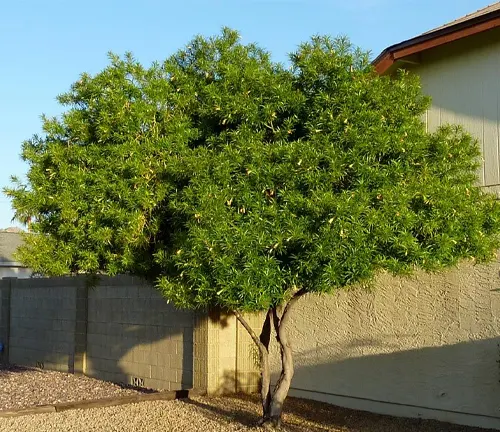
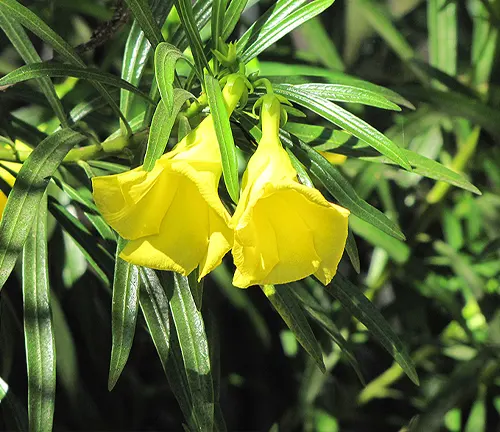
The plant has been traditionally used in some cultures for medicinal purposes, albeit with extreme caution due to its toxic nature. In certain regions, yellow oleander is cultivated as an ornamental plant, gracing gardens with its radiant flowers. The toxicity of yellow oleander has led to its inclusion in various poison control discussions, emphasizing the importance of awareness and caution when handling or planting this visually arresting yet potentially hazardous shrub.
| Attribute | Details |
|---|---|
| Scientific Name | Thevetia peruviana |
| Common Name | Yellow Oleander |
| Family | Apocynaceae |
| Type | Evergreen Shrub |
| Native To | Central and South America |
| Height | Typically 6 to 12 feet (1.8 to 3.7 meters) |
| Flowers | Vibrant Yellow Blossoms |
| Leaves | Glossy, Lance-shaped |
| Toxicity | Highly toxic due to cardiac glycosides |
| Uses | Ornamental plant, traditional medicine (with extreme caution) |
Botanical Beauty of Yellow Oleander
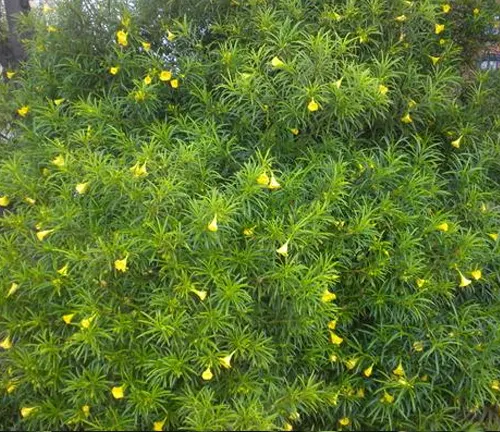
The allure of the Yellow Oleander (Thevetia peruviana) lies in its botanical beauty that captivates onlookers with vibrant charm. Adorned with glossy, lance-shaped leaves and resplendent yellow blossoms, this evergreen shrub stands as a testament to the wonders of nature. Native to Central and South America, the Yellow Oleander, a member of the Apocynaceae family, graces landscapes with its striking presence.
Woodland Elegance
In the realm of woodland aesthetics, the Yellow Oleander emerges as a symbol of elegance. Its slender branches, adorned with clusters of yellow flowers, create a picturesque scene against the backdrop of lush greenery. This woodland beauty not only adds visual appeal but also introduces a touch of sophistication to natural settings.
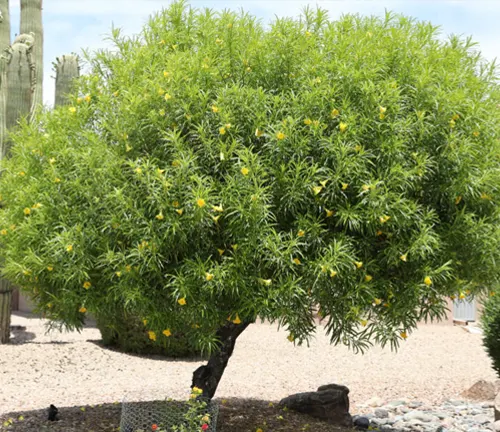
Ecological Importance
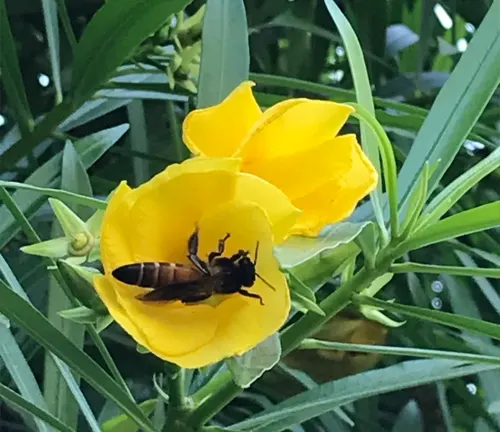
Beyond its ornamental value, the Yellow Oleander plays a role of ecological importance. The plant provides a habitat and sustenance for various insects and birds, contributing to the biodiversity of its native regions. Understanding and preserving the ecological interactions involving this species becomes crucial for maintaining a balanced ecosystem.
Cultivation and Conservation
Cultivating the Yellow Oleander requires careful consideration due to its toxicity. While it finds a place in gardens as an ornamental plant, conservation efforts are essential to protect its natural habitats. Awareness about the delicate balance between cultivation and conservation is crucial to ensure the survival of this captivating species.
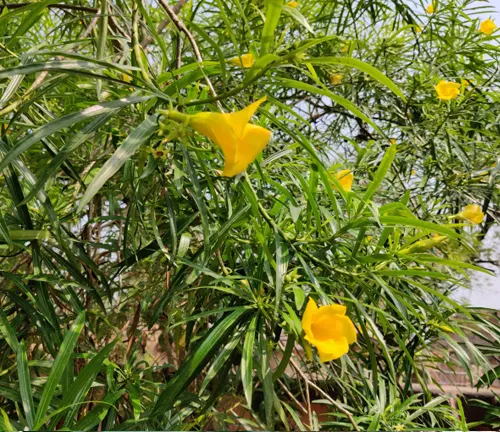
Fragrance
One cannot ignore the subtle fragrance that accompanies the Yellow Oleander. The sweet scent emanating from its blossoms adds another layer to its allure, creating an immersive sensory experience for those in its vicinity. This aromatic quality enhances the overall appeal of the Yellow Oleander in garden landscapes.
Soil Stabilization
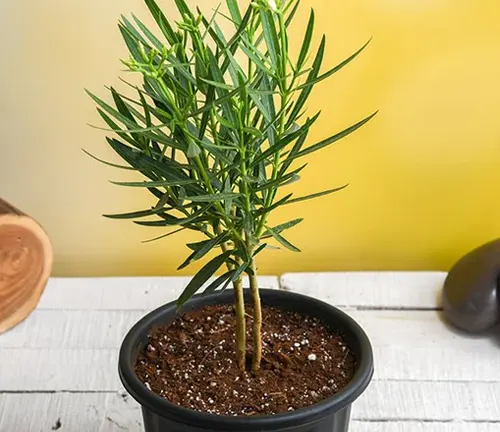
The Yellow Oleander contributes to soil stabilization, particularly in regions prone to erosion. Its extensive root system helps anchor the soil, preventing the loss of valuable topsoil. This characteristic makes it a valuable ally in environmental conservation efforts, showcasing its role beyond mere visual aesthetics.
Common Uses
While caution is paramount due to its toxicity, the Yellow Oleander has found traditional uses in some cultures for medicinal purposes. However, these applications require extreme care and expertise due to the plant’s potentially harmful compounds. Beyond medicinal use, the Yellow Oleander is cultivated as an ornamental plant, gracing gardens and public spaces with its vibrant presence.
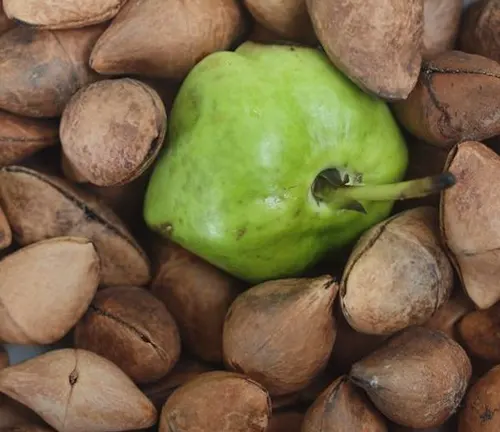
Benefits
The benefits of the Yellow Oleander extend beyond its visual appeal. Its role in soil stabilization, contribution to biodiversity, and potential traditional uses underscore its significance. Understanding and appreciating the benefits of this botanical wonder can guide responsible cultivation practices and conservation efforts, ensuring that the Yellow Oleander continues to enchant and contribute to the natural world.
Different Species
Thevetia neriifolia
(Indian Oleander or Lucky Nut)
This species is native to South Asia and is often cultivated for its ornamental value. It shares similarities with Thevetia peruviana but may vary in specific characteristics.
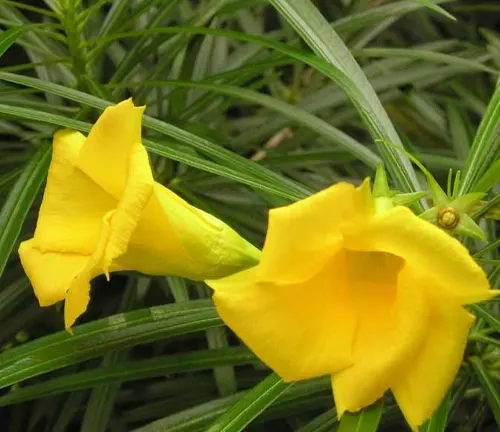
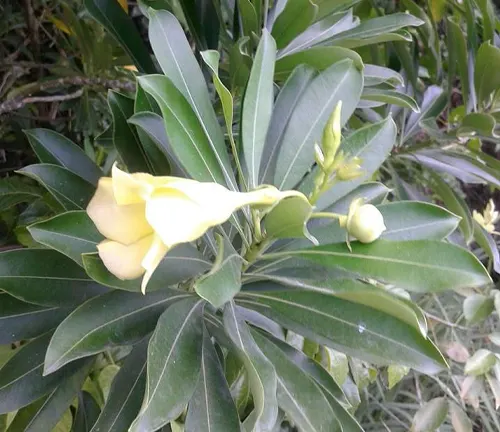
Thevetia gaumeri
(Yellow Oleander or Mexican Oleander)
Found in Mexico and other parts of Central America, this species is closely related to Thevetia peruviana and is sometimes considered a synonym. It shares similar features, including yellow flowers and toxicity.
Thevetia ahouai
(Ahouai)
Indigenous to the Caribbean and parts of Central America, this species is also a member of the Thevetia genus. It has yellow flowers and, like other species in the genus, contains toxic compounds.
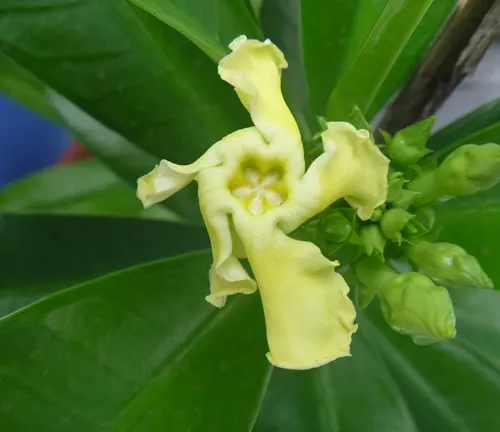
Frequently Asked Questions (FAQs)
- What is Yellow Oleander?
Yellow Oleander, scientifically known as Thevetia peruviana, is a flowering shrub recognized for its vibrant yellow flowers and glossy leaves. It belongs to the dogbane family, Apocynaceae. - Where is Yellow Oleander found?
Native to Central and South America, Yellow Oleander is found in regions with a tropical and subtropical climate. It is also cultivated as an ornamental plant in various parts of the world. - Is Yellow Oleander toxic?
Yes, Yellow Oleander is highly toxic. It contains cardiac glycosides that can be harmful if ingested. Caution is advised when handling or cultivating this plant, especially in households with pets and children. - How tall does Yellow Oleander grow?
Yellow Oleander typically grows to a height of 6 to 12 feet (1.8 to 3.7 meters), forming an evergreen shrub with lance-shaped leaves and clusters of yellow blossoms. - Can Yellow Oleander be used for medicinal purposes?
While Yellow Oleander has been used traditionally in some cultures for medicinal purposes, its toxicity makes it a risky choice. Medicinal use should be approached with extreme caution and preferably under the guidance of a qualified herbalist or healthcare professional. - Is Yellow Oleander suitable for ornamental gardens?
Yes, Yellow Oleander is cultivated for ornamental purposes in gardens and public spaces due to its attractive appearance. However, its toxic nature necessitates responsible cultivation and awareness. - How can Yellow Oleander contribute to soil stabilization?
The extensive root system of Yellow Oleander aids in soil stabilization, particularly in areas prone to erosion. This characteristic makes it beneficial for environmental conservation efforts. - What are the different species of Yellow Oleander?
The primary species referred to as Yellow Oleander is Thevetia peruviana. Other species within the Thevetia genus include Thevetia neriifolia and Thevetia gaumeri, each with its own characteristics and distribution. - Can Yellow Oleander be grown in pots or containers?
Yes, Yellow Oleander can be grown in pots or containers, making it suitable for patio or balcony gardens. However, care should be taken to provide well-draining soil and proper watering. - Are there any alternative names for Yellow Oleander?
Yellow Oleander is also known by other names, including Lucky Nut, Indian Oleander, and Mexican Oleander, depending on the specific species and regional variations.


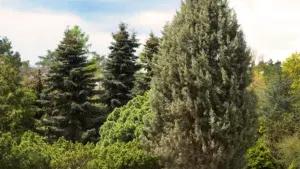




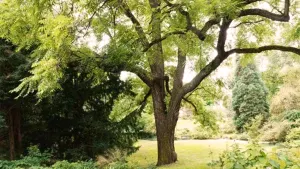
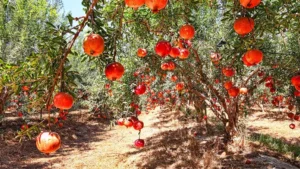
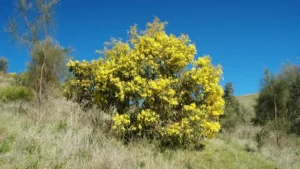
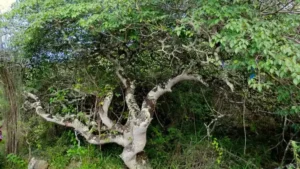
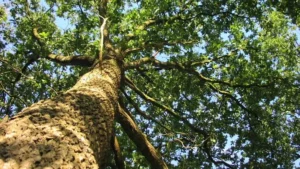
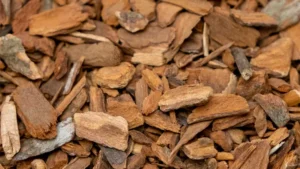

Leave your comment